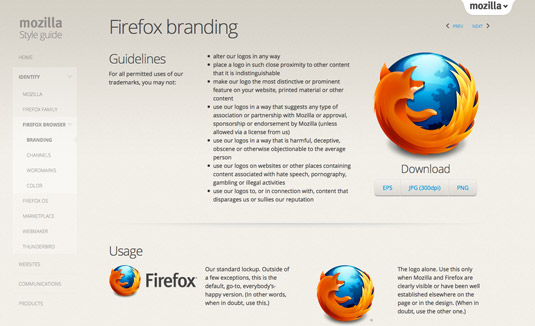
Despite the old adage “you can’t judge a book by its cover”, many buyers often do!
An organisation’s visual identity – the ‘corporate face’ it presents to the world – is tremendously influential in helping form impressions in the minds of existing clients and stakeholders, and potential new customers.
And, like a truly good book, if an organisation’s face is a good fit with the word of mouth created through the positive experiences of those who come into contact with it, a reputation – it’s ‘brand’ – is born.
Organisation’s logos or trademarks – recalling the hot-iron branding applied to cattle – and Levi’s jeans labels – are often mistaken for its ‘brand’. While the logo is a big contributor to brand image, the ‘brand’ is much more than that.
The organisation – like a book – is only as good as its content – how it performs and behaves towards customers and stakeholders. Its real ‘brand’ is formed in those impressions – what’s between the customers’ ears; what it believes about the organisation, its products and services. That reputation is the brand. But its ‘corporate identity’ – the impression it makes through its name, logo (trademark), slogan and every aspect of its visual identity, should be the springboard for its success. The way an organisation ‘looks’ should proclaim to the world its standards and values – an ambition to achieve excellence – especially in meeting, preferably exceeding, the needs and expectations of its targeted customers. Because people DO, at least initially, judge books by their covers!
How they feel after they have read the book will determine what they tell the rest of the world about it. People also judge – often misjudge – other people by the way they look, dress, speak and, of course, behave. First impressions are important. But, of course, it is our experience with others that creates longer-term impressions that determine the strength of our relationships.
In the case of organisations too, first impressions are often created by how they are perceived from their ‘shop window’. If those are positive and are then matched with experience, the lasting impression will be indelible. If corporate identity and service standards are consistently maintained – and occasionally professionally ‘refreshed’ – customer satisfaction will result and the organisations ‘brand’ will become its greatest asset.
Once established in the minds – and hearts – of consumers and stakeholders, the organisation’s logo and other aspects of its corporate identity become the ‘shorthand’ that instantly triggers memory of those positive experiences – the logo and the brand become synonymous and customer loyalty is reinforced and assured.
‘Playing’ with a visual identity for the sake of it, can be fraught with risk, as organisations like GAP and Royal Mail have found to their discomfit (see later). But meaningful change – based on a strong understanding of consumer perceptions and testing of the possible alternatives – can result in long-term benefits.

Gap re-brand logo failure.
Changing the visual cues projected by your organisation can achieve stronger visibility and engagement – especially in the crowded marketplace. That ‘shorthand recognition’ should immediately stimulate the positive perceptions that represent the total brand.






































